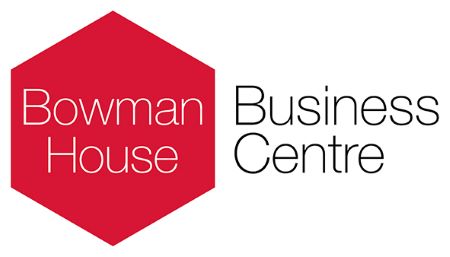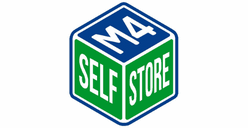In case you missed it see what’s in this section
Let's Talk
Navigating the Complexities of Oracle Database in Web Application Frameworks
In an era where data is paramount, Oracle Database has emerged as a cornerstone in web application development. Esteemed for its robustness and performance capabilities, Oracle has become increasingly vital for businesses aiming to thrive in the digital sphere.
However, integrating Oracle Database into web frameworks is not without its hurdles. Developers often wrestle with complexities ranging from data modeling to performance optimization when melding Oracle’s technology with popular web application frameworks.
Understanding Oracle Database in the Context of Web Application Frameworks
Overview of Oracle Database
Oracle Database stands out with a suite of features that cater to the rigorous demands of web development. It shines in scalability, concurrency, high availability, and a spectrum of security features. These attributes make it an attractive choice for high-stakes web applications where data integrity and uptime are crucial.
Web Application Framework Compatibility
Web application frameworks, such as Django for Python, Ruby on Rails for Ruby, and Laravel for PHP, offer varied levels of compatibility with Oracle Database. Understanding these frameworks and their interaction patterns with oracle database support is pivotal. While Django and Laravel boast integrated support for Oracle, the degree of custom configurations required can differ starkly. Laravel, for instance, often requires additional drivers and a nuanced setup to communicate effectively with Oracle.
The Benefits
Integrating Oracle Database within these frameworks empowers developers to develop sophisticated, data-driven web applications. In addition to its powerful analytics and data warehousing capabilities, Oracle's support for multi-tenancy allows for efficient resource sharing across multiple applications — a boon for cloud-based web services.
Challenges of Integrating Oracle Database into Web Application Frameworks
Key Challenges in Integration
Developing with Oracle Database often requires a nuanced understanding of its architecture. Developers face challenges encompassing connection pooling, advanced transaction control, and employing Oracle-specific features like stored procedures and packages that all frameworks may only partially support.
The Data Modeling and Schema Quandary
The complexity of data modeling with Oracle Database stems from its hierarchical and sometimes proprietary approaches. When utilizing Oracle, schema design must be done with care, considering factors like indexing strategies and data partitioning to ensure that performance does not degrade as the database grows in size.
Performance Optimization Techniques
Performance tuning a web application connected to an Oracle Database involves a fine-grain assessment. Questions about effectively caching queries, managing database connections, and structuring transactions for optimum throughput are central to this process. Here, it's crucial to balance Oracle's power with the agility web applications require.
Best Practices for Oracle Database Integration
Seamless Integration Strategies
Oracle Database support can be streamlined using several best practices. Leveraging Oracle's native tools and adapting them within the web framework’s environment is often the key to efficient integration. Utilizing native database functionalities can help harness Oracle's full potential.
Data Access and ORM
Object-relational mapping (ORM) frameworks can greatly benefit data access in web applications. ORMs facilitate communication between an application and its database using the object-oriented paradigm, making developers' interactions easier and more intuitive. Aligning ORMs with Oracle's powerful SQL engine can enhance development speed and application performance.
Ensuring Data Consistency
Maintaining data consistency and integrity is paramount, especially when dealing with financial or sensitive personal data. When working with Oracle Databases, techniques like employing transactions, proper isolation levels, and consistency checks should be non-negotiable elements of the development process.
Case Studies and Examples
Learning from the real-world application of Oracle Database in web frameworks can provide invaluable insights. Case studies often reveal how complex transactions were optimized or how Oracle's advanced features, such as Real Application Clusters (RAC), have been leveraged within a web framework to ensure high availability and data resilience.
Future Trends and Considerations
Emerging trends in database technology, such as autonomous databases and AI-driven analytics, are setting a new pace. Oracle Database's cloud offerings are redefining scalability and flexibility, which could revolutionize application deployment and management when integrated with web frameworks.
Conclusion
Integrating Oracle Database within web application frameworks is complex, but so are the rewards. A combination of Oracle's advanced functionalities and the framework's ease of use can yield robust, efficient, and highly scalable web applications. For developers willing to navigate the challenges, Oracle offers a robust platform capable of catapulting web applications into an enterprise-grade future.
As technology advances and web frameworks evolve to offer better out-of-the-box support for databases like Oracle, developers will find it increasingly accessible to leverage this powerhouse database. It's an intricate journey, but the right approach leads to a destination rich with possibilities for robust web application development.
Weather in Swindon
Listings




















